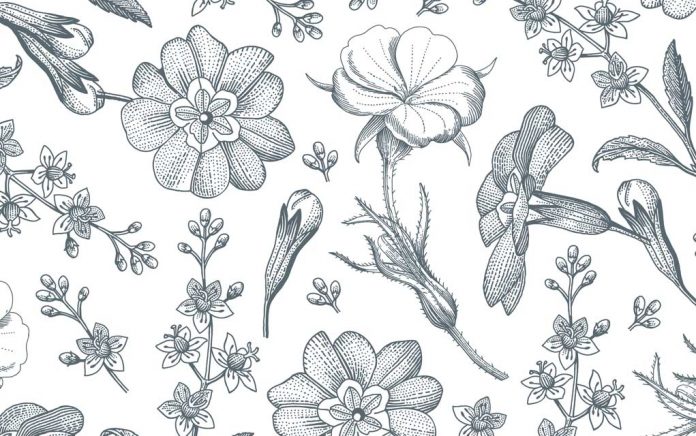
Adrien Zap with Shane. Her Picasa page features many more pictures of Shane, as well as of Dr. Sasaki, shelters, veterinary facilities, successfully and unsuccessfully rescued animals, devastated areas, and much more.
Adrien Zap is a veterinary technician currently deployed in Sendai as part of World Vets' efforts in Japan, working alongside Japanese Earthquake Animal Rescue and Support (JEARS).
Zap was also on the Haiti campaign that we helped fund through Sodopreca, and is a Darwin Animal Doctors volunteer.
She's kind of busy these days, so this interview is an edited combination of questions she answered specifically for us and some more general material she prepared.
Big thanks to Tod Emko for facilitating this interview, and to everyone who contributed to World Vets at Vegan Drinks last week!
How large is your team? How many other teams are there?
Adrien Zap: Our team consisted of three volunteers – myself and two volunteers from Animal Friends Niigata, one of the three Japanese NGOs that comprise JEARS. Isabella Gallaon-Aoki is the founder and director of Animal Friends Niigata, and was the coordinator and translator of our trip to Sendai.
World Vets now has a Japanese-born veterinarian, Dr. Koji, who will be in Japan long-term to coordinate ongoing efforts with JEARS and Japanese animal welfare groups, and will provide direct veterinary care to animals in need. We are also collaborating with Dr. Kazumasu Sasaki, a Japanese veterinarian in Sendai, who is providing veterinary and rescue support to his community.
What types of injuries/conditions are most common amongst the rescued animals?
The most common injuries we saw were wounds associated with tsunami/earthquake debris. The animals were well-cared for prior to the disaster, were in good body condition and well fed. Dog breeds such as Shiba Inus and Akitas are also very common in Japan, and their thick warm coats helped them survive outside in the cold temperatures prior to being rescued.
The animals we worked with were either in a shelter or reunited with their families in an evacuation center.
Some of the dogs and cats at the shelter in Sendai were nervous or anxious, but it is difficult to say if that is directly related to the disaster, or due to being separated from their families and living in a shelter. Dr. Sasaki reported that he is seeing numerous animals with signs of "post-traumatic stress" in his work around the city. Human rescuers have encountered dogs and cats in the disaster area that were aggressive and difficult to approach, which again, may be due to separation from their families.
If the animals are not immediately reunited with their families, they are being cared for at the Sendai city shelter, where Dr. Sasaki can provide medical treatment if necessary. At this time, the Sendai shelter is able to accommodate all animals. However, they anticipate future need for space, food, and supplies. JEARS has arranged to help the Sendai shelter by providing food, supplies and temporary housing in the Niigata shelter if necessary. World Vets will provide items such as food, cages, and medical supplies to JEARS and Dr. Sasaki so they can care for the animals in affected areas.
Tell us about Shane
We met a man, Kamata-san, at an evacuation center in Sendai who told us a very touching story about his dog. When he heard the tsunami warning, Kamata-san rushed to warn his neighbors. He tried to get back to his house to get his dog, Shane, but the tsunami was rapidly approaching and he was forced to seek higher ground. Kamata-san told us he had given up hope of ever seeing Shane again. About 6 hours after the tsunami, Kamata-san was at the evacuation center when a man told him there was a dog outside. He went outside to look, and it was Shane!
Shane had never been to the site of the evacuation center before, but his instincts lead him there. He swam through chest-high water to reach the shelter and reunite with Kamata-san. Shane must have hung onto debris in the water, as he had wounds on both his elbows.
Dr. Sasaki showed Kamata-san how to clean the wounds and gave him antibiotics to prevent infection. We were able to leave fuel with Dr. Sasaki, so he will return to check on Shane and ensure his wounds heal.
Japan is widely hailed for its infrastructural preparedness for natural disasters. Have you seen examples of this helping animals to avoid injury or be more easily rescued? Or were animals overlooked in Japan's disaster preparation? What could be done to better prepare for future events?
Based on my experience in Haiti after the 2010 7.0 magnitude earthquake, I feel the majority of the damage in Japan was due to the tsunami. Buildings and roads in the mainland area of Sendai (about 80 miles from the off-shore epicenter) were unaffected, but the coastal area was completely destroyed. I believe the engineering and infrastructure throughout Japan contributed to the safety of the people and animals, and significantly reduced the human and animal mortality numbers. A simplified explanation would be that the Haitian earthquake caused everything to fall or break; the Japanese earthquake and tsunami washed everything away.
Regarding disaster preparation, families can consider permanent identification (such as microchips or tattoos) for their pets, which will facilitate reuniting displaced animals and owners after a disaster. Families can also include leashes, crates or carriers in their….
Full Article










